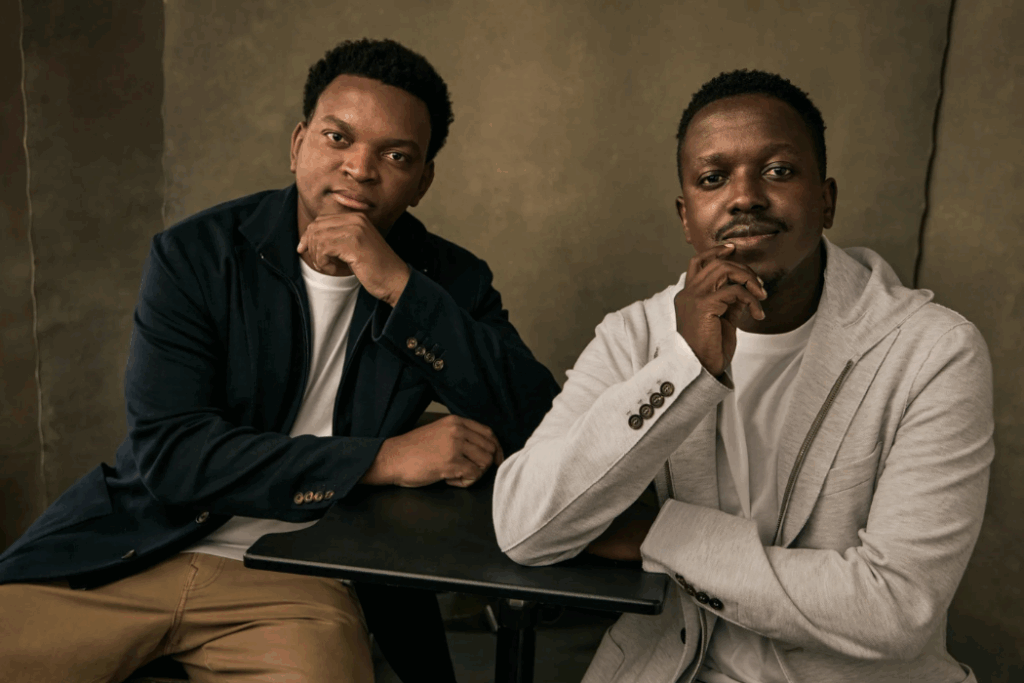
Freelancer, passion projects, side hustles are all synonymous with the gig economy – which has grown substantially over the past decade. The economic downturn of 2008 led many employers to recruit gig/temporary workers to control costs. The explosion of rideshare services and other contract employment has increased the awareness of gig as a steady work stream.
According to MetLife’s 17th Annual U.S. Employee Benefit Trends Study, almost 30 million Americans receive primary income from gig or part-time work – nearly one-fifth of the total workforce. An additional 15 million supplement “traditional” full-time work with gig work. The study found that 85% of gig workers were interested in continuing their contract work over the next five years, instead of seeking a traditional work role.
What does it mean to go ‘gig’?
The gig economy is defined as work based on a fixed-term contract, or that’s paid per project by a company, third party or via an online marketplace. Those who use gig work to earn extra money part-time include full-time employees looking to boost their income, students, people who want to pursue a passion project, stay-at-home parents, job seekers and retirees. Others consider gig work as their full-time employment.
It may be surprising to learn gig workers are well distributed across all demographics in today’s workforce, according to the study:
- 21% Gen Z (ages 21-22)
- 34% Gen Y (ages 23-36)
- 21% Gen X (ages 37-52)
- 25% Boomers (ages 53 and up)
What makes gig work so attractive?
Gig work is appealing for many reasons, to many people. According to the MetLife study, 67% of full-time employees reported interest in gig work as opposed to their current jobs, and 49% of employees expressed the intent to leave their current employer for contract or freelance work in the next five years.
- Pursuit of the ultimate work/life blend
Flexibility over one’s time is probably the top attraction of gigging. In the study, nearly half the respondents (49%) said that not being able to work remotely was the reason they left full-time work. Flexible schedules offer workers a compelling work/life blend of their choosing. Due to the flexibility and ease of communication provided by technology today, more jobs are becoming open to remote work and adaptable schedules – across many sectors – which may help companies retain full-time employees tempted by the gig lifestyle.
- Autonomy, fulfillment and a sense of purpose
Gigging allows workers more choice in the work they do, and freedom to pursue a variety of projects. They can choose where they work and who they work for. Gig workers tend to see work as more than just earning a paycheck. The study found nearly half of gig workers (48%) said they work to gain a sense of fulfillment, and 47% said that a significant influence in working was to feel a sense of self-worth.
The challenges gig workers face
While there are many appealing aspects of gigging, it also presents unique challenges.
- Financial stressors
The main stressor for all employees – gig or traditional – is finances. Gig workers may experience more financial stress than traditional full-time workers, however, since their work may be less steady than a traditional position. Gig workers need to constantly keep up with obtaining and maintaining clients, ensuring their next project (and paycheck) is lined up. They also need to pay their own self-employment taxes and Social Security, among other expenses.
- Employer benefits
Gig workers are usually responsible for obtaining medical insurance and other benefits normally provided by employers. In fact, only 4% of gig workers reported that employers offered insurance, and only 5% said they were offered a retirement plan. People who choose to “be their own boss” must also procure their own benefits beyond health care, such as short- or long-term disability, accident insurance and more. Gig workers who want or need benefits may have to pay the full cost of coverage themselves. In the survey, 65% of gig workers said that they would be interested in a wider array of non-medical benefits that they could pay for on their own.
- Co-workers and career development
Unlike traditional employees with daily access to networking with colleagues and continuing education through their employers, gig workers wanting to develop their careers must find and pursue those opportunities on their own.
Interested in gigging? Read “The Gig Economy: Opportunities, Challenges, and Employer Strategies” report to learn more about MetLife’s insights into the evolving gig economy.
Reprinted with permission from Brandpoint.













